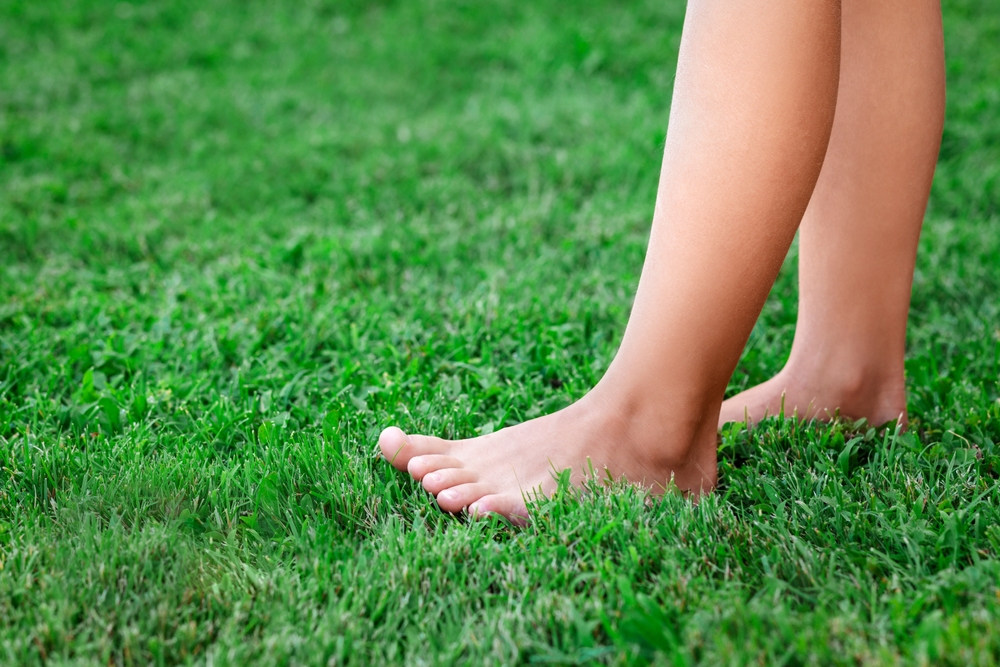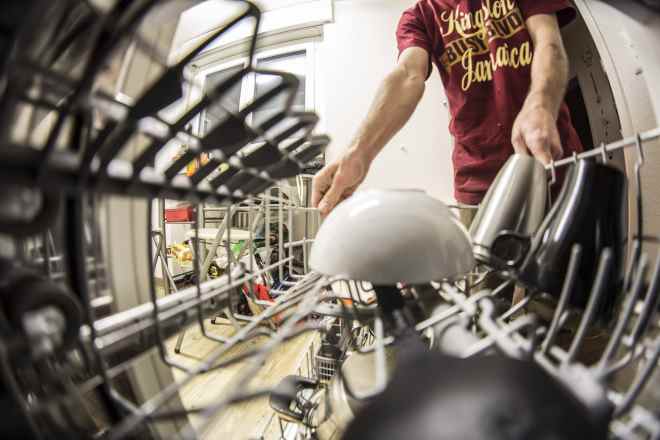Discovering the Health Benefits of Grounding: Walking Barefoot for Wellness
Walking barefoot might seem like a common, trivial action, but did you know that it could hold significant health benefits? This practice, known as grounding or earthing, involves direct skin contact with the surface of the earth and is believed to have numerous health benefits, from reducing inflammation to improving mood. Let’s dive deeper into this intriguing wellness strategy.

Walking Barefoot through History
Grounding, also known as earthing, is no modern concept. Our ancestors spent most of their time barefoot, absorbing the earth’s energy. As civilizations developed and footwear became more common, this primal connection was largely lost. It was not until the 21st century that grounding started to attract attention within the wellness community. The first scientific study on grounding was published in 2004, revealing that earthing could reduce cortisol levels and improve sleep.
The Science Behind Grounding
The human body is an electrical organism, and the earth’s surface is a giant battery containing a limitless supply of electrons. When skin comes into contact with the ground, these electrons are absorbed into the body. This influx of electrons can neutralize free radicals, unstable molecules that can damage cells, leading to inflammation and chronic diseases.
Research has shown grounding can improve sleep, reduce pain and inflammation, and improve immune responses. A 2012 study published in the Journal of Environmental and Public Health found that grounding could improve autoimmune disorders, hypertension, and osteoporosis among other conditions.
Grounding in Practice: Benefits and Challenges
Grounding is a straightforward practice that anyone can incorporate into their daily routine. Simply spend 20-30 minutes each day walking barefoot on grass, sand, or soil. If this isn’t feasible, grounding mats and sheets can be used indoors.
However, it’s essential to consider safety. Avoid areas with sharp objects, and if you live in a city, pollution and potential pathogens can be a concern. While the research on grounding is promising, more large-scale, rigorous studies are needed to fully understand its potential.
Grounding: A Fresh Perspective on Wellness
Grounding offers a simple, natural, and affordable way to potentially enhance our health. It invites us to reconnect with nature and our ancestral roots, promoting physical and mental well-being.
Quick Grounding Tips
- Start with short grounding sessions of about 10 minutes, gradually increasing the duration.
- Try grounding at different times of the day to see what works best for you.
- If you can’t go outside, consider using a grounding mat or sheet.
- Always check the area for potential hazards before walking barefoot.
In conclusion, grounding is a compelling health strategy that deserves our attention. While further research is needed, current evidence suggests that this simple practice could offer significant health benefits. As we strive for wellness, let’s not forget the power of our connection to the earth. The ground beneath our feet may hold the key to better health.




